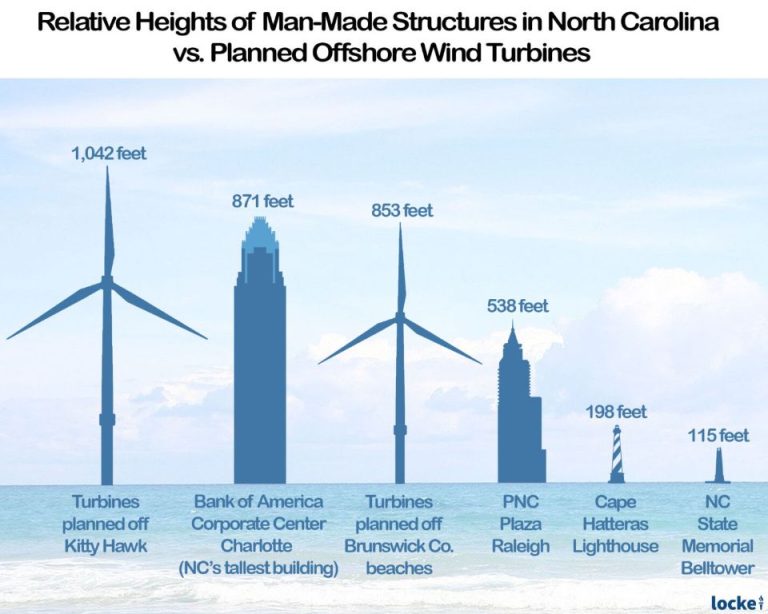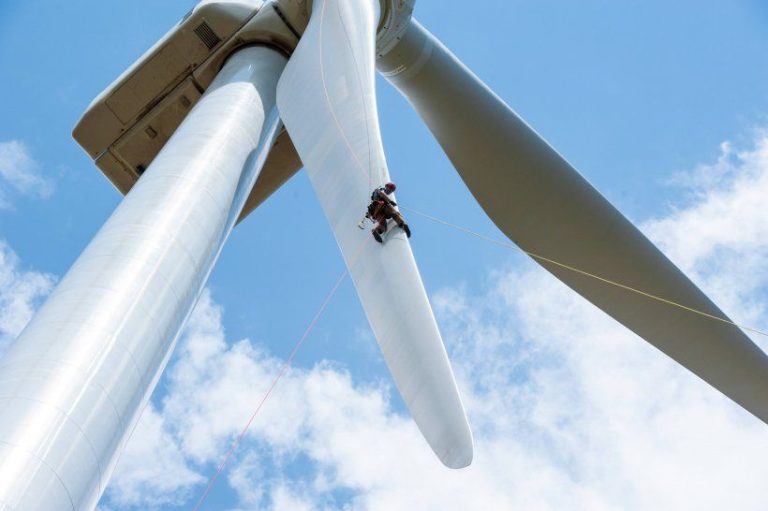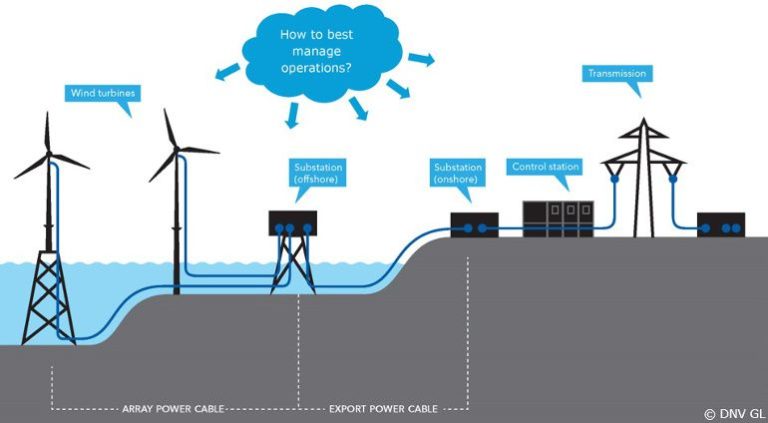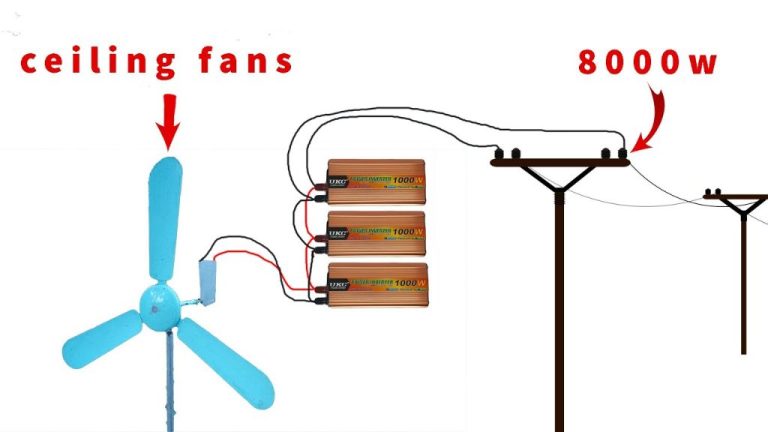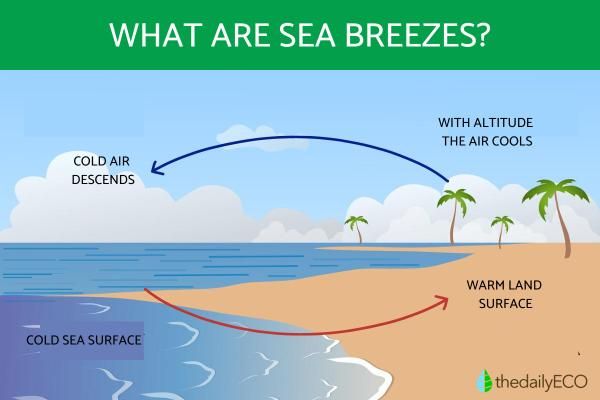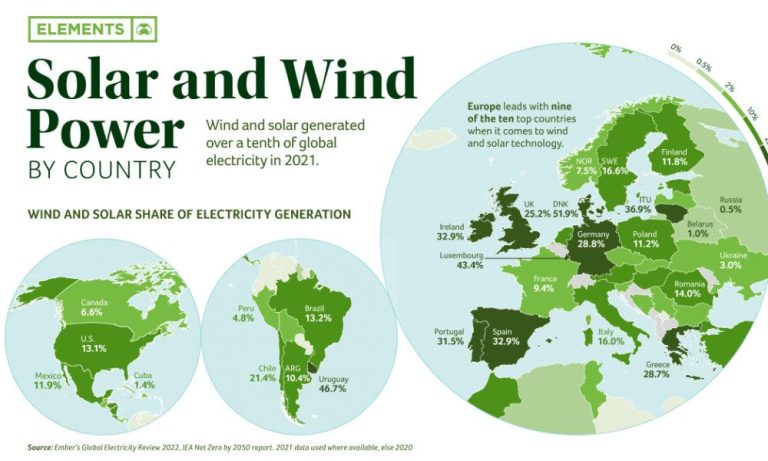Does Wind Have A Purpose?
Wind is the flow of gases on a large scale. On Earth, wind consists of the bulk movement of air. Wind is caused by differences in the atmospheric pressure. When a difference in atmospheric pressure exists, air moves from the higher to the lower pressure area, resulting in winds of various speeds. Wind has long played a significant role in nature and human civilization.
But does wind actually serve a purpose? Or is it merely a natural phenomenon that happens without reason? This article will examine the origins and impacts of wind to explore the question: Does wind have a purpose?
What is Wind?
Wind is the movement of air from areas of high atmospheric pressure to areas of low atmospheric pressure. It is caused by differences in temperature, which affect air pressure. When air is heated, it expands, becoming less dense and exerting less atmospheric pressure. Cooler denser air with higher pressure will flow into the area of lower pressure, creating wind.
The rotation of the Earth also impacts wind patterns. This effect is known as the Coriolis force. In the Northern Hemisphere, it causes winds to curve to the right, while in the Southern Hemisphere, it causes them to curve to the left. The Coriolis effect gives winds their global patterns like the trade winds near the equator or the westerlies in the mid-latitudes.
On a molecular level, wind occurs because the air molecules are in constant motion as they have kinetic energy. Differences in air pressure cause air molecules to flow from areas of higher pressure to lower pressure. So wind is the movement of air molecules from high to low pressure zones.
Wind’s Impact on Weather
Wind plays a crucial role in shaping weather patterns and systems around the world. Wind energy drives the circulation of air in the atmosphere and ocean currents in the seas. This movement and circulation of air masses is what determines local and global weather phenomena.
On a global scale, winds help transport warm air from the equator towards the poles and cold air from the poles back down towards the equator. This exchange of hot and cold air influences climate trends and helps balance temperatures across geographic regions. Differential heating between the equator and poles creates pressure gradients that make the wind blow.
Wind also drives ocean currents, which distribute heat energy and impact weather systems. For example, the Gulf Stream current in the Atlantic Ocean carries warm tropical water towards Europe, moderating seasonal temperatures. Changes in prevailing winds can alter ocean currents over time, leading to shifts in regional climates.
Winds also influence weather events and storms. Hurricanes, cyclones and typhoons are all fueled by warm tropical wind patterns and ocean currents. As wind circulates around low pressure zones, it gathers speed and energy, creating these intense swirling storms. The direction and speed of wind determines the path and intensity of storms as they develop. High winds can damage infrastructure and threaten lives during severe storms.
On a local level, wind patterns like mountain breezes, valley breezes and sea breezes affect weather conditions. The way wind circulates around geographic boundaries and terrain impacts precipitation, cloud cover, and more. Understanding local wind patterns provides key insights for forecasting day-to-day weather.
Overall, wind and its motion is a driving force behind weather. It powers global circulation patterns, influences ocean currents, and fuels extreme storms. Wind connects weather phenomena across continents and represents a key element shaping climate and seasonal changes.
Wind Disperses Seeds
Wind plays an essential role in dispersing seeds and pollen to help plants reproduce and spread. Many plants have evolved specialized structures that utilize wind to carry their seeds far from the parent plant. One example is dandelions, which have lightweight, feathery seeds that can float on the breeze for miles. Coniferous trees like pine and spruce disperse tiny lightweight seeds that resemble dust, which the wind easily picks up and scatters. Some flowering plants have extra wing-like or hair-like structures on their seeds to catch the wind.
Wind pollination is also critical for many species. Plants like corn and oak trees release large quantities of dry, powdery pollen grains that are light enough to be transported by wind currents. The wind carries the pollen from the male parts of one flower to the female parts of another, enabling cross-pollination. This exchange of pollen is essential for fertilization and seed production.
By harnessing the power of wind, plants can reproduce without relying on pollinators or seed dispersers. Wind dispersal also allows plants to spread their offspring over large areas, expanding the overall range of the species. The ability of wind to carry pollen and seeds far and wide makes it an extremely important factor influencing the diversity, distribution, and evolution of plant populations.
Wind Powers Renewable Energy
Wind power is one of the fastest growing renewable energy sources in the world. The wind turns large wind turbine blades connected to a rotor which spins a generator to produce electricity. According to the Global Wind Energy Council, over 60 countries now use wind power on a commercial basis.
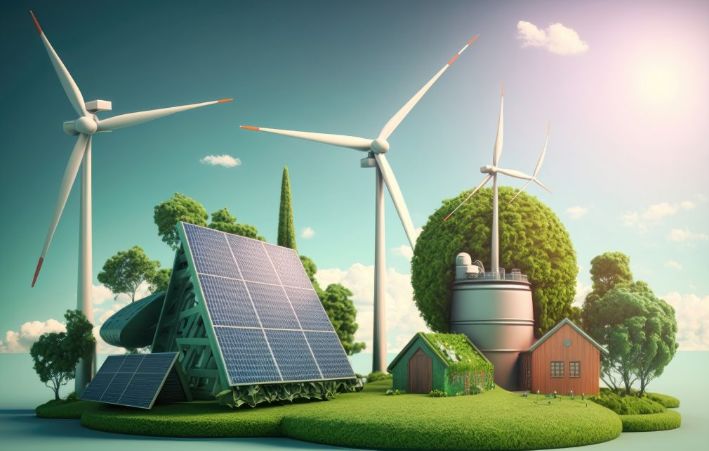
As of 2020, wind provided around 6-7% of total global electricity production. The Global Wind Energy Council projects installed wind capacity to reach 2,110 GW by 2030. The United States, China, and Germany lead the world in wind power capacity. In the US alone, wind energy produced over 300 million megawatt-hours in 2020, enough to power over 32 million homes.
Wind power comes with several advantages. Wind turbines produce no air pollution or greenhouse gases while operating. Wind is also abundant and inexhaustible. Landowners can receive lease payments by allowing wind turbines on their land. Wind turbine components can also be recycled at the end of their lifespan.
Wind Shapes Landscapes
Over time, the constant force of wind erodes and sculpts rock formations and landscapes through a process called wind erosion. As wind blows over land, it picks up and carries sand, dirt and other particles. These airborne particles act like abrasive sandpaper, grinding down rocks and cliffs. Some of the most dramatic examples of landscapes shaped by wind erosion can be seen in deserts and dry environments.
The southwest United States contains many beautiful examples of wind-sculpted rock formations. In areas like the Grand Canyon, Sedona, Monument Valley, and Arches National Park, eons of wind erosion have carved stunning shapes, arches, and gorges out of sandstone. Other wind-sculpted rock formations like hoodoos, mushroom rocks, and tent rocks dot desert landscapes from New Mexico to Nevada.
Wind erosion also created the smooth, curved, cavernous shapes at White Pocket in Arizona’s Vermilion Cliffs. This swirling, alien-looking landscape was formed as sand particles carried by wind wore down Navajo Sandstone over millennia. Wadi Rum in Jordan is another landscape dominated by windswept sandstone rock faces and natural arches etched by wind over time.
Coastal landscapes also morph over time due to wind erosion. Along shorelines worldwide, the constant pummeling force of wind-driven waves and sand shapes rocky cliffs and sea stacks. Examples include the famous chalk cliffs of Dover in England, the sea stacks at Lofoten Islands in Norway, and the coastal hoodoos at Goblin Valley State Park in Utah.
Through the cumulative abrasive force of wind, landscapes evolve and transform in both subtle and dramatic ways over time. Wind erosion sculpts and shapes the planet, creating the amazing diversity of landforms we see across the world’s deserts, coastlines, and exposed rock formations.
Wind Benefits Flying Animals
Wind provides significant benefits for birds, insects, and other creatures that take to the skies. Wind currents serve as aerial highways, allowing these animals to fly long distances with minimal effort. Birds like albatrosses, for example, rely on wind patterns to travel vast distances across oceans during migration. They use updrafts to gain altitude and favorable tailwinds that boost their groundspeed. This allows migratory birds to conserve energy on their arduous journeys.
Insects also employ wind to enhance their flight efficiency. Butterflies and moths orient themselves in order to catch passing breezes, floating on air currents to reduce the energy expenditure of flapping their wings. The wind disperses insects over broad areas as they seek nutrition, mates, and egg-laying sites. Breezes even help insects take off, providing extra lift beneath their wings. Overall, wind currents serve as an indispensable mode of transportation for winged creatures. The natural movement of air enables efficient, long-distance travel that would otherwise be physically draining or impossible.
Wind Impacts Human Activities
Wind has long played an important role in human activities, providing the power for transportation, recreation, and generating energy. For millennia, wind has enabled and powered seafaring vessels. The winds determine the speed and direction of travel for sailors, who must carefully study the winds and plan their journeys accordingly. From small rafts to giant clipper ships, wind has propelled humanity across seas and oceans.
In addition to transportation, wind also fuels many popular sports and recreational activities. Kite flying takes advantage of wind lift and drag to propel the kite skyward. Windsurfing combines elements of surfing and sailing, using a standing board and handheld sail to glide across the water. Many coastal areas are popular windsurfing destinations due to consistent breeze.
Wind energy is also harnessed as a renewable power source. Wind turbines convert the kinetic energy of wind into mechanical power or electricity. Wind farms consisting of many turbines now generate gigawatts of electricity. Wind power helps provide clean energy around the world.
From powering travel to enabling recreation, wind has always influenced human activities. The direction and strength of the wind impacts the routes we take and the pastimes we enjoy. Wind is not just a natural phenomenon, but a force that shapes civilization.
Historical and Cultural Significance of Wind
Wind has played an important role in mythology, religion, language and culture across the world for thousands of years. In Greek mythology, the Anemoi were wind gods who were said to be responsible for the winds from specific directions. Boreas was the god of the north wind, Notus the god of the south wind, and Zephyrus the god of the west wind.
In Norse mythology, the god Njord was considered the god of the wind, sea and wealth. Fujin is the Japanese Shinto god of the wind. In Hinduism, Vayu is the deity presiding over the winds. Many cultures prayed to wind gods for favorable or destructive winds depending on their needs.
Across cultures, wind is seen as a powerful, invisible force and is often used metaphorically in religion, poetry and song lyrics to represent the spirit, breath, emotions or impermanence. Common idioms reference the wind such as “winds of change”, “gone with the wind”, “three sheets to the wind”, etc. Wind power has inspired humans to invent sailboats, windmills and fly kites for centuries.
The direction of wind played an important role in exploration, trade and even the spread of cultural influences around the world. Wind patterns enabled early trade routes by sea and allowed civilizations to spread. Many major cities developed in locations with favorable winds for transport and defense purposes. Even today, wind continues to captivate our imaginations about the natural world and human ingenuity.
Conclusion
Throughout this piece, we’ve explored the many significant purposes and impacts of wind in our world. From influencing weather patterns and dispersing seeds to generating renewable power and sculpting natural landscapes, wind plays an integral role in various natural processes and human systems.
While the wind itself lacks intent, its effects demonstrate how this invisible force of nature has great purpose and profound ripple effects. Wind enables flight for birds, bats, and insects; shapes the growth of vegetation; and can be harnessed as an increasingly vital energy source for our future. Even as an intangible phenomenon, wind has long captivated our imagination and found symbolism across many cultures throughout history.
Wind emerges not aimlessly, but as an essential element woven into the fabric of life on Earth. As we maintain an appreciation for all that winds accomplish and signify, we can better understand our intricate connection to the natural forces around us.

